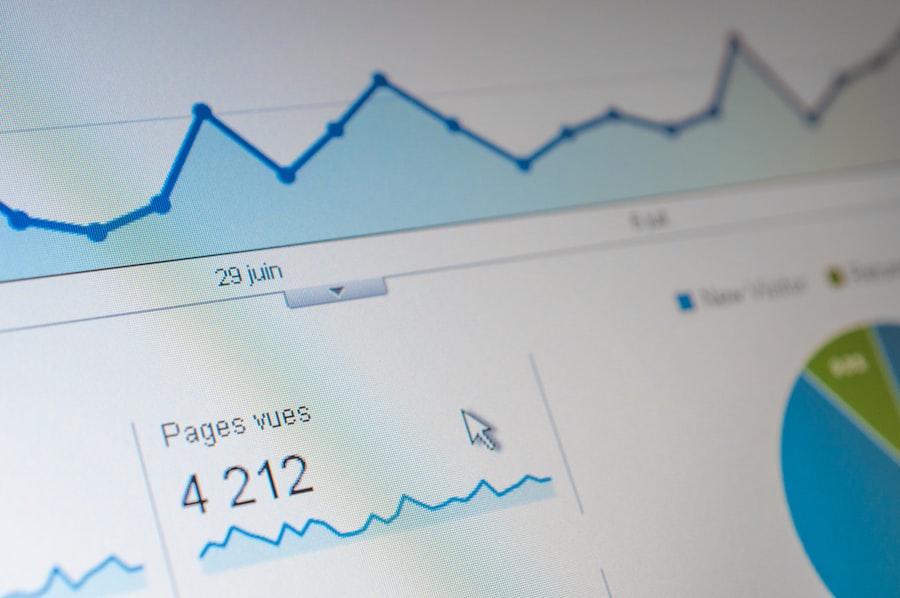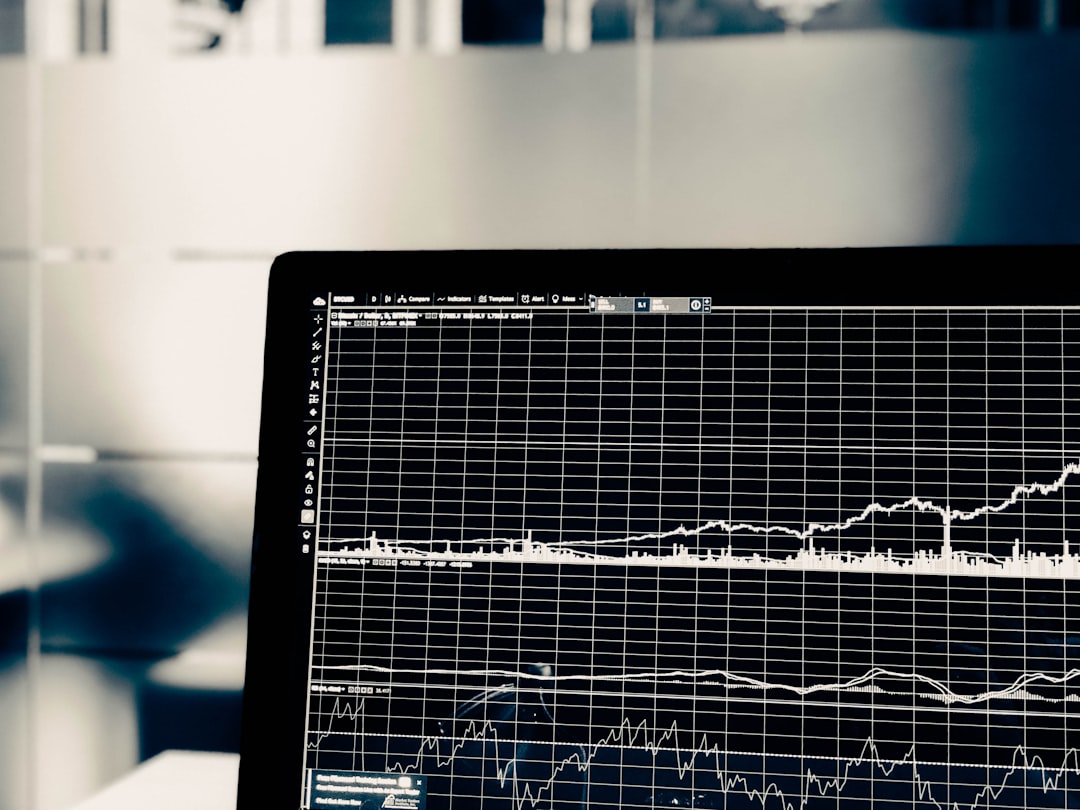In recent years, the landscape of media analysis has undergone a significant transformation, largely driven by advancements in artificial intelligence (AI). KI-gesteuerte Medienanalyse, or AI-driven media analysis, refers to the application of machine learning algorithms and natural language processing techniques to evaluate and interpret vast amounts of media content. This innovative approach allows for the extraction of meaningful insights from diverse sources, including news articles, social media posts, and video content.
By leveraging AI technologies, organizations can gain a deeper understanding of public sentiment, emerging trends, and audience engagement. The core of KI-gesteuerte Medienanalyse lies in its ability to process and analyze data at an unprecedented scale. Traditional methods of media analysis often relied on manual review and subjective interpretation, which could be time-consuming and prone to bias.
In contrast, AI systems can sift through millions of data points in real-time, identifying patterns and correlations that would be nearly impossible for human analysts to detect. This capability not only enhances the accuracy of media analysis but also enables organizations to respond swiftly to changes in public opinion and market dynamics.
Key Takeaways
- KI-gesteuerte Medienanalyse refers to media analysis driven by artificial intelligence.
- KI-Systeme offer benefits such as efficiency, accuracy, and scalability for media analysis.
- Sentiment analysis of social media posts helps in understanding public opinion and sentiment towards a particular topic or brand.
- Trend analysis in media content helps in identifying emerging topics and patterns in public discourse.
- KI-gesteuerte Medienanalyse provides valuable insights for media companies and advertisers to make informed decisions.
The Benefits of KI-Systeme for Media Analysis
The integration of AI systems into media analysis offers a plethora of benefits that can significantly enhance decision-making processes for businesses and organizations. One of the most notable advantages is the speed at which insights can be generated. With traditional methods, gathering and analyzing data could take days or even weeks.
However, AI-driven systems can provide real-time analysis, allowing companies to stay ahead of the curve and make informed decisions based on the latest information available. Moreover, KI-Systeme are capable of handling vast amounts of unstructured data, which is often a challenge for conventional analysis techniques. This includes not only text but also images, videos, and audio content.
By utilizing advanced algorithms, AI can extract relevant information from these diverse formats, providing a more comprehensive view of media landscapes. This holistic approach enables organizations to understand not just what is being said but also how it is being communicated across various platforms.
Sentiment Analysis of Social Media Posts

One of the most powerful applications of KI-gesteuerte Medienanalyse is sentiment analysis, particularly in the realm of social media. Social media platforms have become a rich source of real-time feedback from consumers, making it essential for brands to monitor public sentiment closely. AI-driven sentiment analysis tools can automatically assess the emotional tone of social media posts, categorizing them as positive, negative, or neutral.
This capability allows companies to gauge public perception and respond accordingly. The implications of sentiment analysis extend beyond mere observation; they can inform marketing strategies and product development. For instance, if a brand notices a surge in negative sentiment regarding a specific product feature, it can take proactive measures to address customer concerns or adjust its messaging.
Additionally, sentiment analysis can help identify brand advocates and influencers within social media networks, enabling companies to leverage these relationships for more effective marketing campaigns.
Trend Analysis in Media Content
Another critical aspect of KI-gesteuerte Medienanalyse is trend analysis, which involves identifying patterns and shifts in media content over time. AI systems can analyze large datasets to detect emerging trends in topics, themes, and audience preferences. This capability is invaluable for businesses looking to stay relevant in an ever-evolving market landscape.
By understanding trends in media content, organizations can tailor their strategies to align with consumer interests. For example, if an AI system identifies a growing interest in sustainability within media discussions, companies can pivot their marketing efforts to highlight eco-friendly practices or products. Furthermore, trend analysis can aid in forecasting future developments, allowing businesses to anticipate changes in consumer behavior and adapt their offerings accordingly.
Recognizing Public Opinion and Sentiment
The ability to recognize public opinion through KI-gesteuerte Medienanalyse is a game-changer for organizations seeking to understand their audience better. By analyzing various media sources, AI systems can provide insights into how different demographics perceive specific issues or brands. This understanding is crucial for crafting targeted communication strategies that resonate with diverse audiences.
Moreover, recognizing public sentiment allows organizations to engage with their audience more effectively. For instance, if a company identifies a growing concern among consumers regarding a particular social issue, it can take a stand or initiate conversations around that topic. This proactive approach not only enhances brand reputation but also fosters a sense of community among consumers who share similar values.
Providing Insights for Media Companies

Media companies stand to benefit immensely from KI-gesteuerte Medienanalyse as they navigate the complexities of content creation and distribution. By harnessing AI-driven insights, these organizations can optimize their editorial strategies and enhance audience engagement. For example, AI systems can analyze viewer preferences and consumption patterns to inform content development decisions.
Additionally, media companies can utilize AI to assess the performance of their content across various platforms.
This data-driven approach not only improves content quality but also maximizes reach and impact.
Delivering Insights for Advertisers
Advertisers are increasingly turning to KI-gesteuerte Medienanalyse to enhance their campaigns and drive better results. By leveraging AI-driven insights into consumer behavior and preferences, advertisers can create more targeted and personalized marketing messages. This level of precision allows them to reach the right audience at the right time with content that resonates deeply.
Furthermore, AI systems can analyze the effectiveness of advertising campaigns in real-time, providing valuable feedback on performance metrics such as engagement rates and conversion rates. This immediate access to data enables advertisers to make adjustments on the fly, optimizing their campaigns for maximum impact. As a result, businesses can achieve higher returns on investment while minimizing wasted resources.
The Future of KI-gesteuerte Medienanalyse
As we look ahead, the future of KI-gesteuerte Medienanalyse appears promising and full of potential. With ongoing advancements in AI technologies, we can expect even more sophisticated tools that will further enhance our ability to analyze media content effectively. The integration of machine learning with other emerging technologies such as blockchain and augmented reality may open new avenues for data verification and immersive experiences.
Moreover, as ethical considerations surrounding AI continue to evolve, there will be an increasing emphasis on transparency and accountability in media analysis practices. Organizations will need to navigate these challenges while harnessing the power of AI responsibly. Ultimately, the future will likely see a convergence of human expertise and AI capabilities, leading to more nuanced insights that empower businesses to thrive in an increasingly complex media landscape.
In conclusion, KI-gesteuerte Medienanalyse represents a significant leap forward in how we understand and interact with media content. From sentiment analysis on social media to trend identification and public opinion recognition, the applications are vast and varied. As technology continues to advance, organizations that embrace these innovations will be well-positioned to navigate the challenges of the modern media landscape while delivering value to their audiences and stakeholders alike.
Für weitere Informationen zur Integration von KI in Medien und Analysetools, empfehle ich den Artikel Ressourcen und weiterführende Literatur zu Online-Communities. Dieser Artikel bietet einen tiefen Einblick in die Nutzung von KI-Systemen zur Analyse von Online-Community-Daten, was eng mit der KI-gesteuerten Medienanalyse verwandt ist. Hier werden ähnliche Technologien verwendet, um Trends, Stimmungen und Meinungen in digitalen Gemeinschaften zu erkennen, was wertvolle Einblicke für Medienunternehmen und Werbetreibende liefert.
FAQs
What is KI-gesteuerte Medienanalyse?
KI-gesteuerte Medienanalyse refers to the use of artificial intelligence (KI) systems to analyze media content such as news articles, social media posts, and other forms of digital content. These systems can identify trends, sentiments, and opinions within the media to provide insights for media companies and advertisers.
How do KI-Systeme analyze media content?
KI-Systeme use natural language processing and machine learning algorithms to analyze media content. They can identify keywords, sentiments, and patterns within the text to understand the overall tone and context of the content.
What are the applications of KI-gesteuerte Medienanalyse?
Some applications of KI-gesteuerte Medienanalyse include sentiment analysis of social media posts, trend analysis of news articles, and opinion mining of customer reviews. Media companies and advertisers can use these insights to make informed decisions about content creation, advertising strategies, and audience engagement.
How can KI-gesteuerte Medienanalyse benefit media companies and advertisers?
KI-gesteuerte Medienanalyse can provide valuable insights into audience preferences, emerging trends, and public sentiment. Media companies can use this information to create targeted content and improve audience engagement, while advertisers can use it to optimize their advertising strategies and target specific audience segments more effectively.
What are the challenges of KI-gesteuerte Medienanalyse?
Challenges of KI-gesteuerte Medienanalyse include the need for high-quality data, the potential for bias in the analysis, and the complexity of analyzing unstructured media content. Additionally, privacy concerns and ethical considerations related to the use of personal data for analysis are important factors to consider.











Leave a Reply